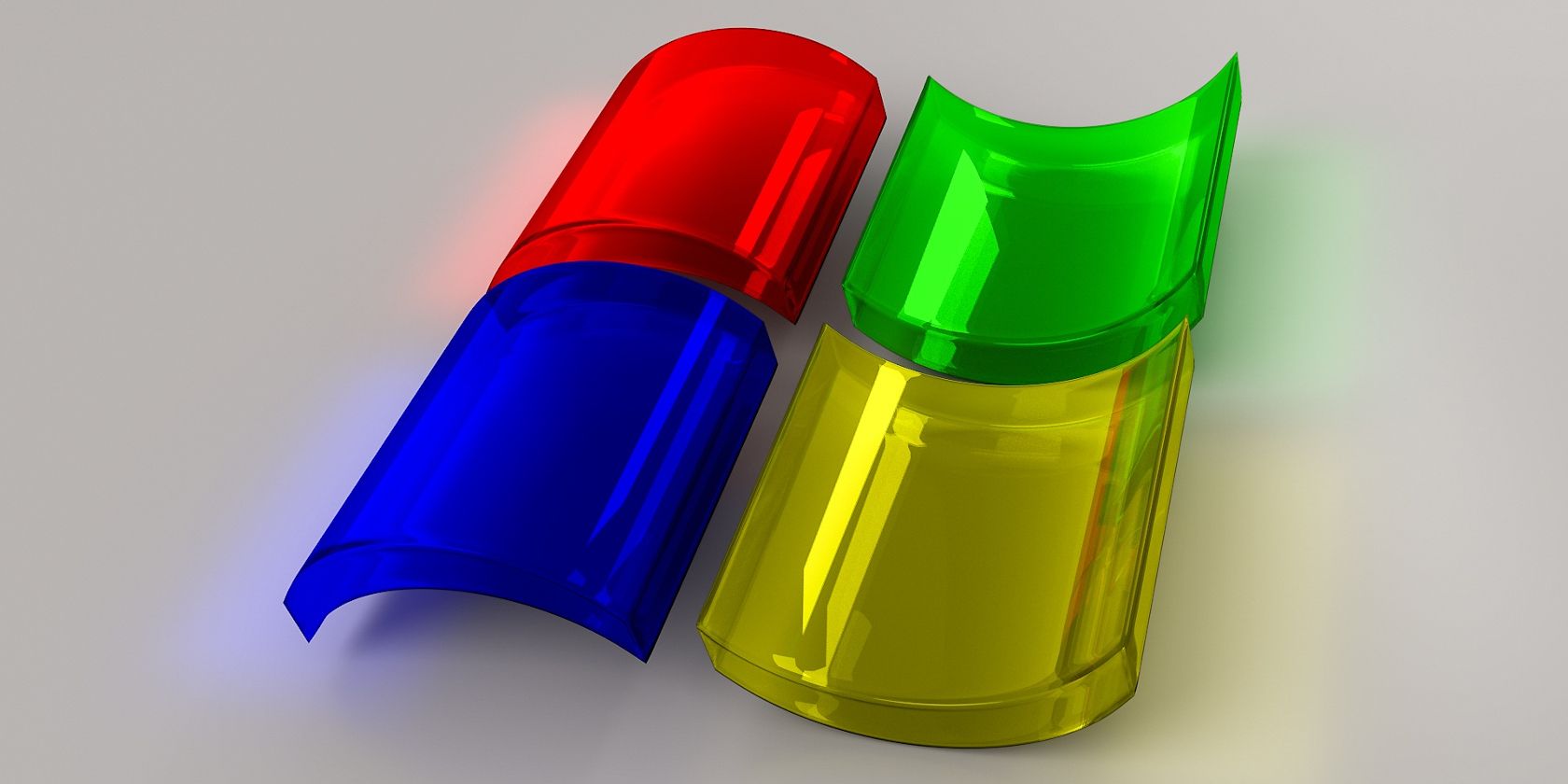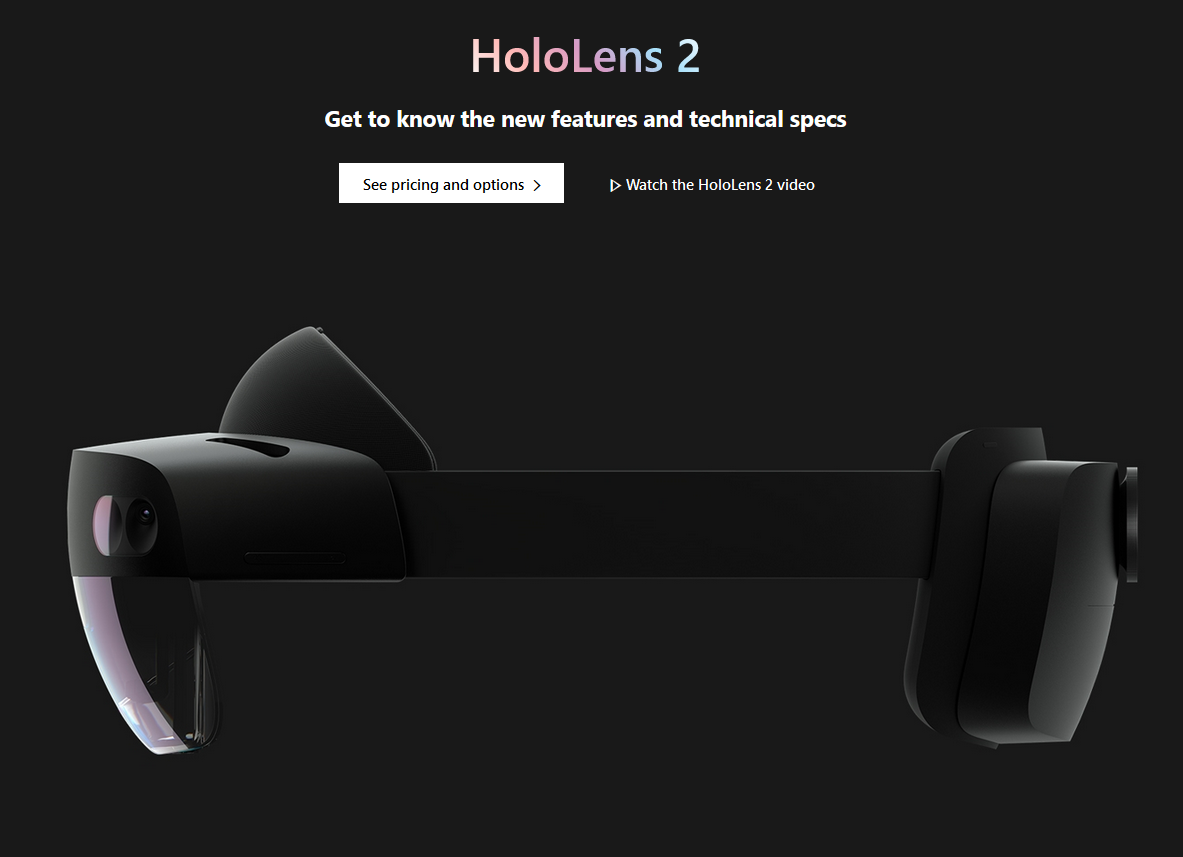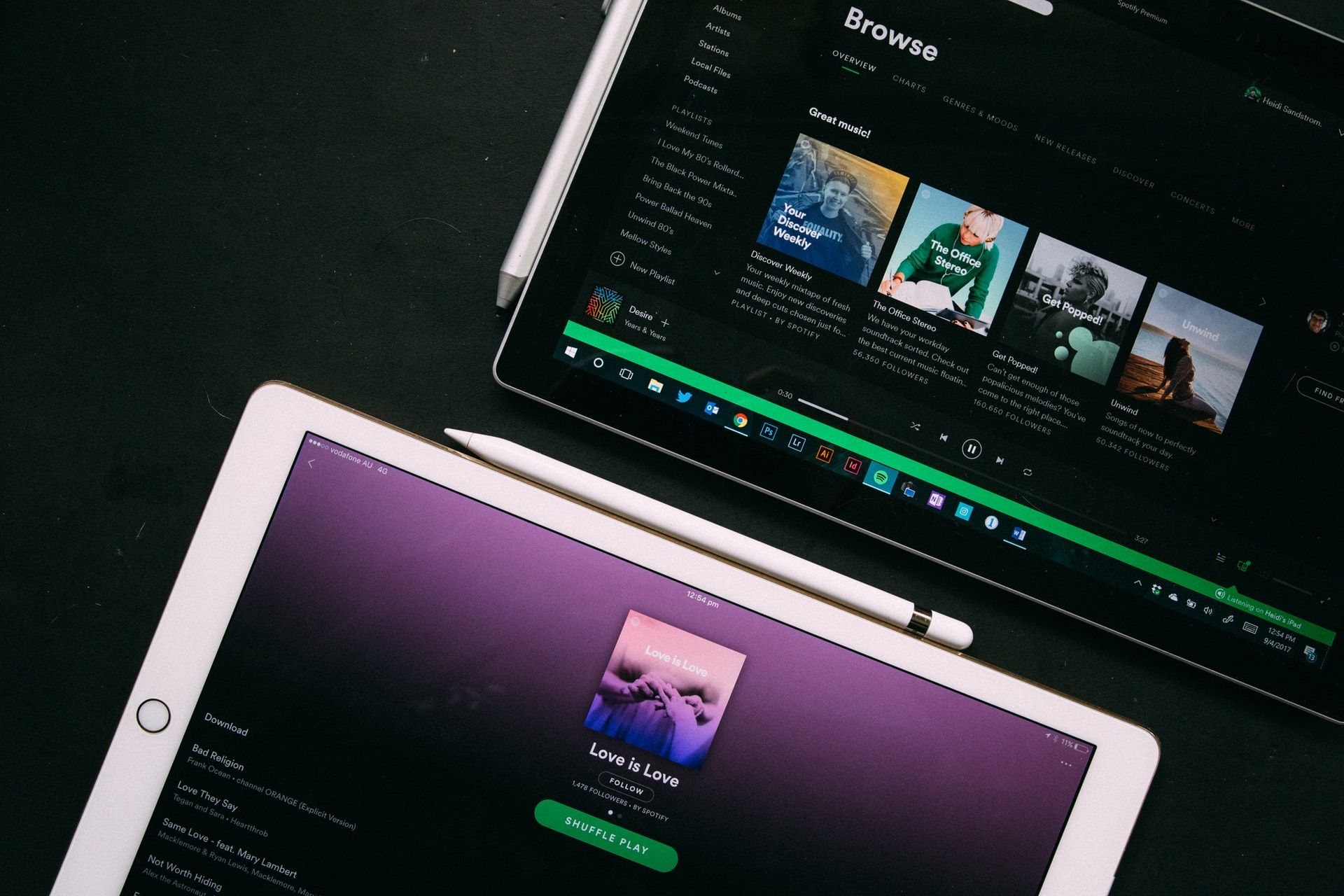Microsoft is already one of the world's biggest corporations, but it never sits on its laurels. There’s always something to upgrade, and that’s what Windows Core OS is all about: enhancing the company's technology.
The plan for a super operating system began years ago and remained a dream until now. Software and hardware are on the way to change much about how Windows users and developers operate.
Here’s everything you should know about Windows Core OS, from ideas to facts.
What Is Windows Core OS?
The new operating system, aiming for a modular layout, is a simplified and far more practical version of what you know today. Basically, all Microsoft devices will have the same Windows Core OS foundation on which developers can add and adapt containers of features.
Designing the look and contents of different devices will be much more efficient. This is the result of current technology and forward-thinking innovation coming together.
Windows Core OS Components
Microsoft's timeless OneCore will merge with a new compartmentalized operating system, stripped down to its very basic and essential elements. That’s where the name, Core OS, comes from.
Also, plans so far exclude legacy apps—old software still in use for better or worse. It’s not a surprise, considering Microsoft is slowly ending support for them anyway. Internet Explorer 11 and Microsoft Edge’s legacy version are some of the latest to go.
Microsoft won’t leave C Shell behind, though (short for Composable Shell). The same modular idea produced this interface technology.
Because of that, a Microsoft device’s appearance quickly changes according to how someone uses or even holds it. C Shell will be just as vital in designing the Windows Core OS interface.
Universal Windows Platform (UWP) is another important part of the Core OS plan. It’s one of Microsoft’s best tools for creating apps and will help shape the new system’s all-important features.
UWP, OneCore, and C Shell are the pillars of the new system. Between them and the extra innovations Microsoft cooks up, Windows Core OS should be a powerful game-change for the company’s productivity and value.
How Does Windows Core OS Affect User Experience?
Microsoft is aiming to get rid of known problems and make the user experience smoother than ever before.
To begin with, the universal nature of Core OS means you won’t need to learn how to navigate each new device all over again. You should find the same interface and controls on all Microsoft systems.
Another possibility is being able to unbox one platform’s particular features on a different device. Gamers, for example, could use Xbox controls on a PC and vice versa without messing up the basic operating system.
On the topic of gaming, links between Windows Core OS and GameCore also promise titles that run on both Xbox and PC. GameCore is another new platform for game and app development but with a focus on cross-platform compatibility.
Core OS plans also aim to make updates faster and more discreet. Once again, it comes down to the modular design, allowing users to work as normal while the device updates in the background.
One downside is that you won't be able to simply upgrade Windows 10 with the new system. As a completely revamped OS, the price will be steep too. On the other hand, you'll get a much smoother experience than with old versions of Windows.
Finally, as already mentioned, legacy features aren’t part of the plan, even the likes of Win32. That said, some software is popular enough that Microsoft may find a way to incorporate them. After all, Core OS technology, especially the idea of containers, is still young and full of potential.
Existing Forms of Microsoft Core OS
Windows 10X is Microsoft’s first big step towards realizing its Core OS dream. For now, 10X is only for dual-screen devices like the Surface Neo. The system also comes with several Grecian code names, just to spice up the mystery.
Santorini or Lite refers to the same overall Windows 10X system for foldable PCs, laptops, and tablets. Centaurus is a different dual-screen project in the works, while Pegasus seems to focus on other varieties of 2-in-1 devices alongside laptops.
Everything will become clearer as Microsoft nears its goals. In the meantime, another technology to explore that might relate to Core OS are Windows Feature Experience Packs and their familiar design. Don’t forget about GameCore either and the modular clues it contains.
Devices That Support Microsoft Core OS Technology
Surface Neo is, more or less, the flagship for Windows 10X and, so, Core OS. As a result of project Centaurus, it’s a dual-screen computer with 9-inch displays and a removable keyboard, due for release somewhere in early 2021, if not sooner.
HoloLens 2 will also bring a taste of Windows Core OS to consumers. While not the full-on experience, the headset will have a version of the new C Shell-based interface and features specific to smartglasses. This includes being able to place apps in your peripheral vision and interact with your virtual environment.
Xbox Series X finds itself the center of attention because of rumors regarding an upcoming Windows Mode, which would give the console PC-based features. In fact, Xbox often comes up as a platform of interest for Core OS executives, which could be the first of many cross-platform capabilities.
Surface Hub 2X is a cartridge upgrade for the Hub 2S digital whiteboard, one that might run Windows 10X. Despite Microsoft’s recent problems in releasing the cartridge, not to mention the issues delivering updates to the Surface Hub, it does demonstrate that the company is broadening the scope of Core OS to include corporate markets.
Why Is Windows Core OS Important?
Microsoft wants to develop products a lot easier and cheaper. It also wants to boost the user experience as much as possible. Windows Core OS will help with all of that by delivering a completely new Windows program and environment on PC, console, and mobile.
The main problem today with Windows 10 is the effort that goes into setting up each device. Even though they all have a common baseline in the form of OneCore, every new smartphone or laptop is designed from scratch.
No matter how successful Windows is with consumers, the time and money Microsoft spends on development are not ideal. It's even worse when a product like the Surface RT fails to impress and cover its cost. These aren’t the kinds of Windows problems you can fix with free online repair tools.
At the end of the day, Microsoft’s programmers and the company will benefit the most from Windows Core OS, but users will enjoy many perks. A universal and more functional interface alongside smoother performance and updates are the least you can expect.
Check Out Current Windows Core OS Experiences
After years of waiting, you'll soon get to see some fruits of Microsoft’s labor. Windows 10X, Surface Neo, and other looming products should answer a lot of questions for consumers, but also developers in terms of where their technologies can improve.
Windows Core OS is still a far-off dream to fulfill. However, Microsoft and its innovators seem determined as ever to achieve it for the benefit of programmers and users alike.




